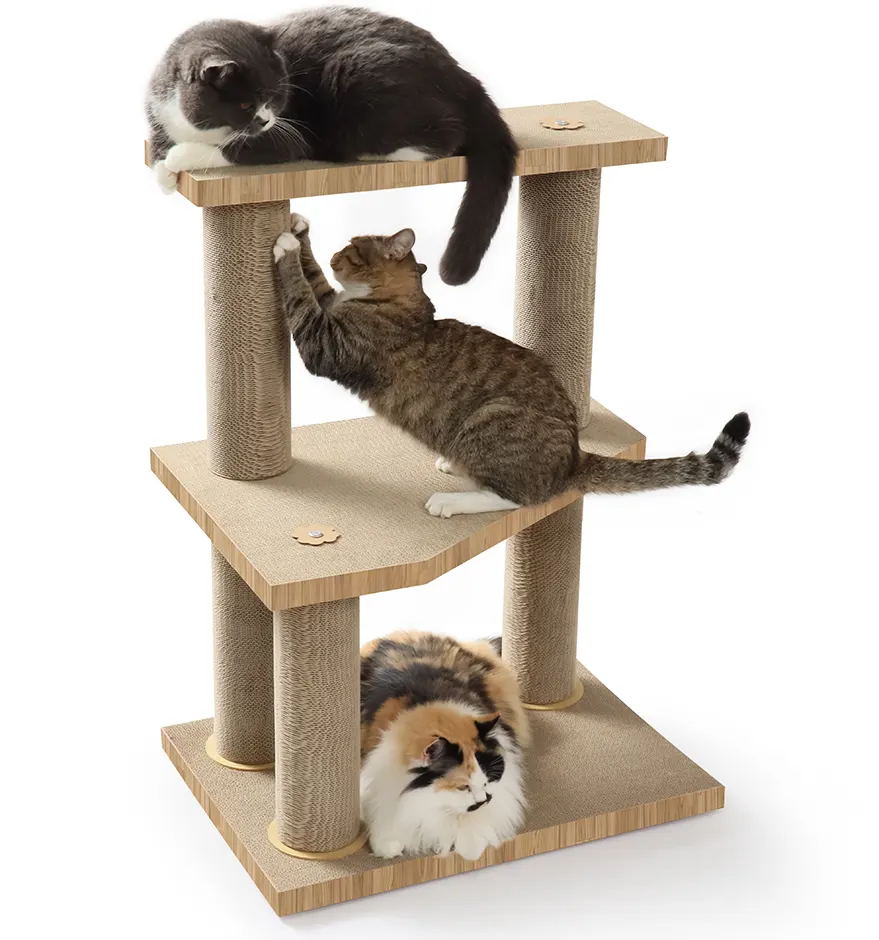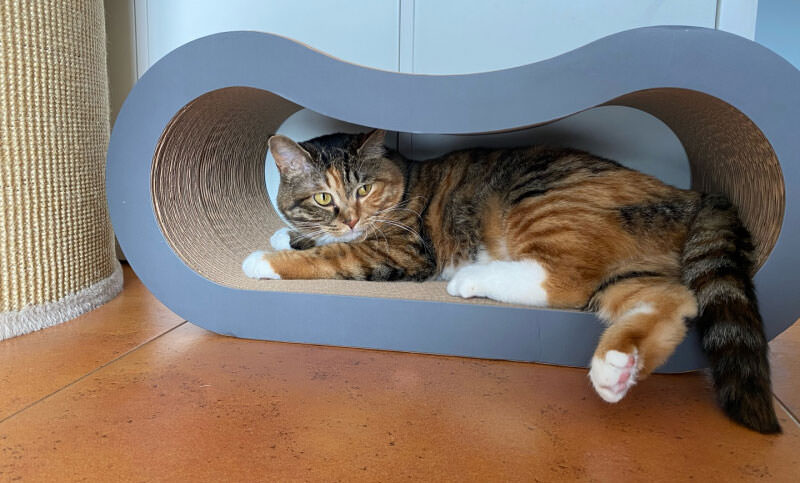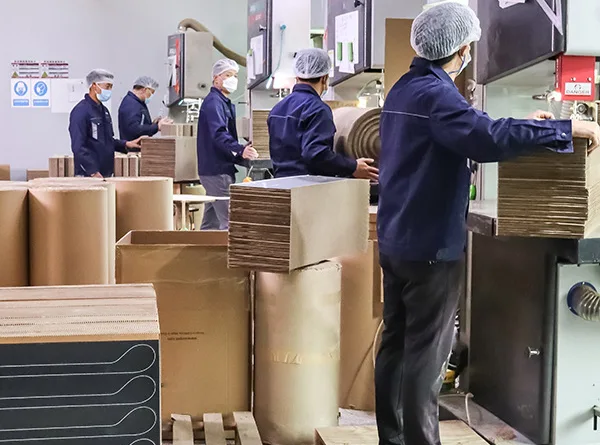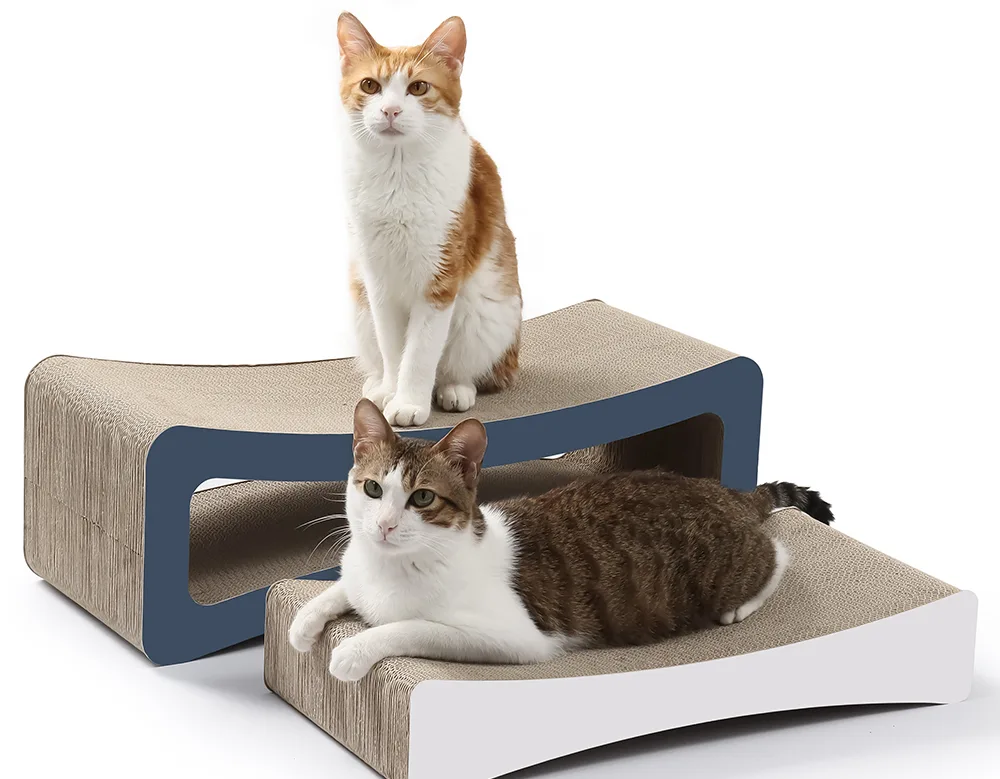The Guide to Stopping Cats Scratching Walls
Cats are wonderful companions, known for their independence, playfulness, and affectionate nature. However, one common issue that many cat owners face is their feline friend’s tendency to scratch walls. While scratching is a natural and instinctive behavior for cats, it can cause significant damage to your home’s interior. Fortunately, there are effective strategies to manage and redirect this behavior, ensuring both your cat's well-being and the preservation of your walls. In this guide, we will explore why cats scratch walls, the underlying reasons behind this behavior, and various methods—including the use of wall-mounted scratching posts and scratchers—that can help curb this destructive habit.
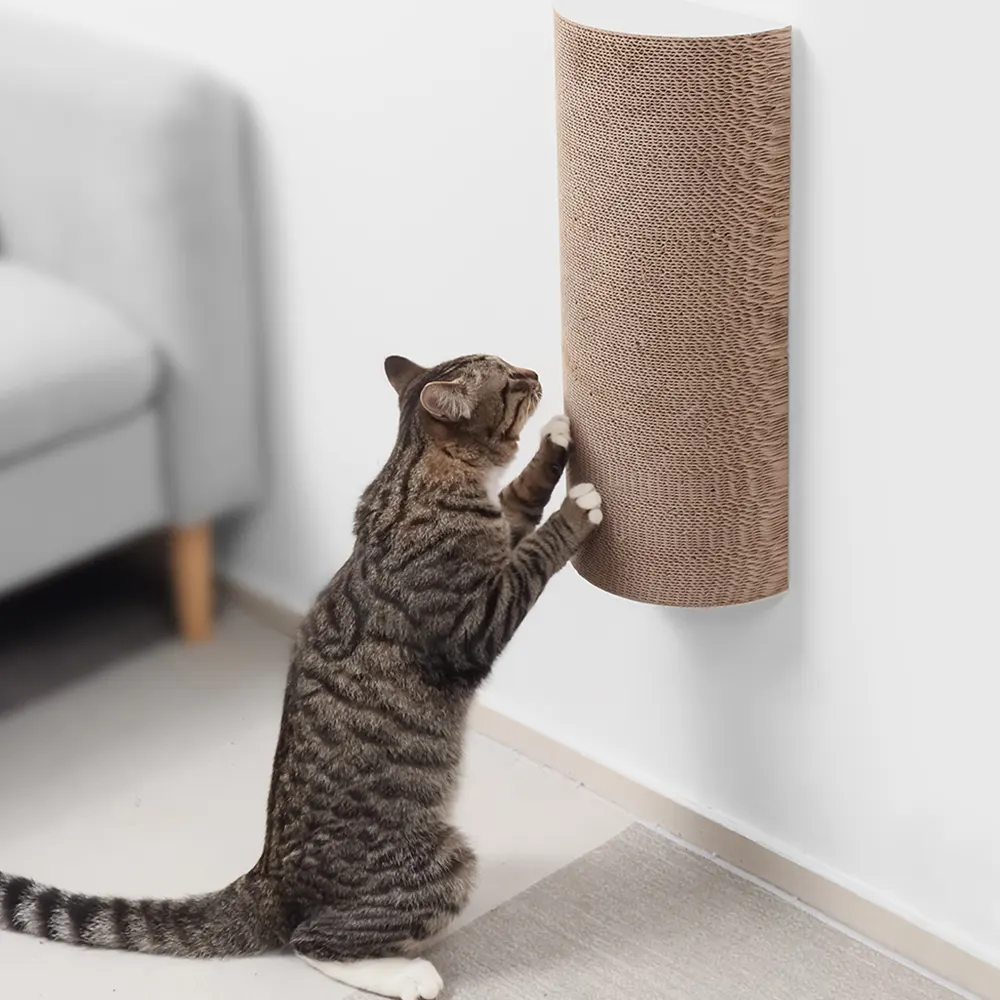
Understanding Why Cats Scratch Walls
Before diving into solutions, it's essential to understand why cats scratch in the first place. Scratching is an innate behavior that serves several important functions for cats:
-
Marking Territory: Cats have scent glands in their paws, and scratching is a way for them to mark their territory. The visual marks left behind, combined with the scent from their glands, signal to other animals that this area is claimed.
-
Exercise and Stretching: Scratching allows cats to stretch their muscles, particularly in their legs and back. This is an essential part of their physical routine, helping them to maintain flexibility and muscle tone.
-
Nail Maintenance: Scratching helps cats remove the outer layer of their claws, keeping them sharp and healthy. This is why you might notice your cat scratching more frequently when their nails are due for a trim.
-
Stress Relief and Play: For many cats, scratching is a way to relieve stress or boredom. It’s a form of play that helps them to release pent-up energy and frustration.
Given that scratching is a natural and necessary behavior for cats, the goal isn’t to stop them from scratching altogether, but rather to redirect it to more appropriate surfaces.
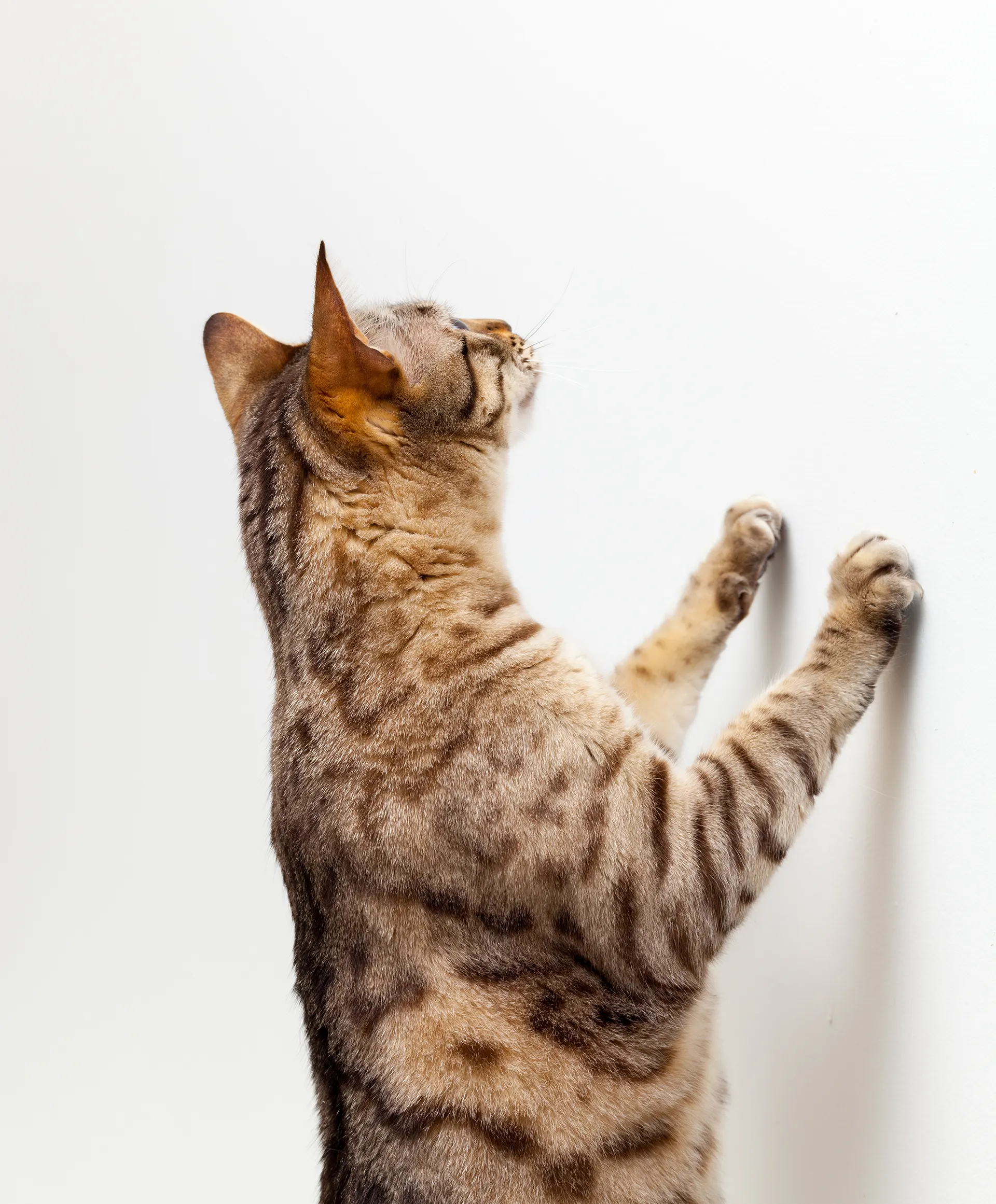
Reasons Cats Scratch Walls
While scratching is a universal behavior among cats, the reasons they might choose to scratch walls specifically can vary. Here are some common scenarios:
-
Post-Feeding Rituals: Some cats scratch walls after eating. This behavior may be their way of expressing dissatisfaction with their food or marking their feeding area as their territory. If your cat scratches the walls after meals, consider varying their diet or relocating their feeding station.
-
Litter Box Behavior: Scratching around the litter box can indicate a few things. It might be a sign that the litter box is dirty and needs cleaning, or it could be an instinctual behavior to cover up their scent. Cats in the wild cover their waste to avoid attracting predators, and this instinct can manifest as wall scratching in domestic cats.
-
Seeking Attention: Cats are intelligent animals and can quickly learn that certain behaviors get a reaction from their owners. If your cat is scratching walls and you consistently respond by paying attention to them, they might be doing it simply to get your attention.
-
Lack of Appropriate Scratching Surfaces: If your home lacks suitable scratching posts or pads, your cat may turn to walls as a convenient alternative. Cats prefer surfaces that allow them to fully extend their bodies and dig their claws into a resistant material. If the wall is the only option, that’s where they’ll scratch.
Understanding the specific reason why your cat is scratching walls will help you tailor your approach to managing the behavior.
Strategies to Prevent Cats from Scratching Walls
Once you’ve identified the potential reasons behind your cat’s wall scratching, you can implement strategies to redirect this behavior. Here are several methods that can help, including the use of wall-mounted scratching posts and scratchers:
1. Provide Wall-Mounted Scratching Posts
One of the most effective ways to stop your cat from scratching walls is to give them an alternative that closely mimics the wall surface. Wall-mounted scratching posts are an excellent solution for this. These scratchers can be installed directly onto the wall, providing your cat with a designated spot to scratch that satisfies their need to mark territory, stretch, and maintain their claws.
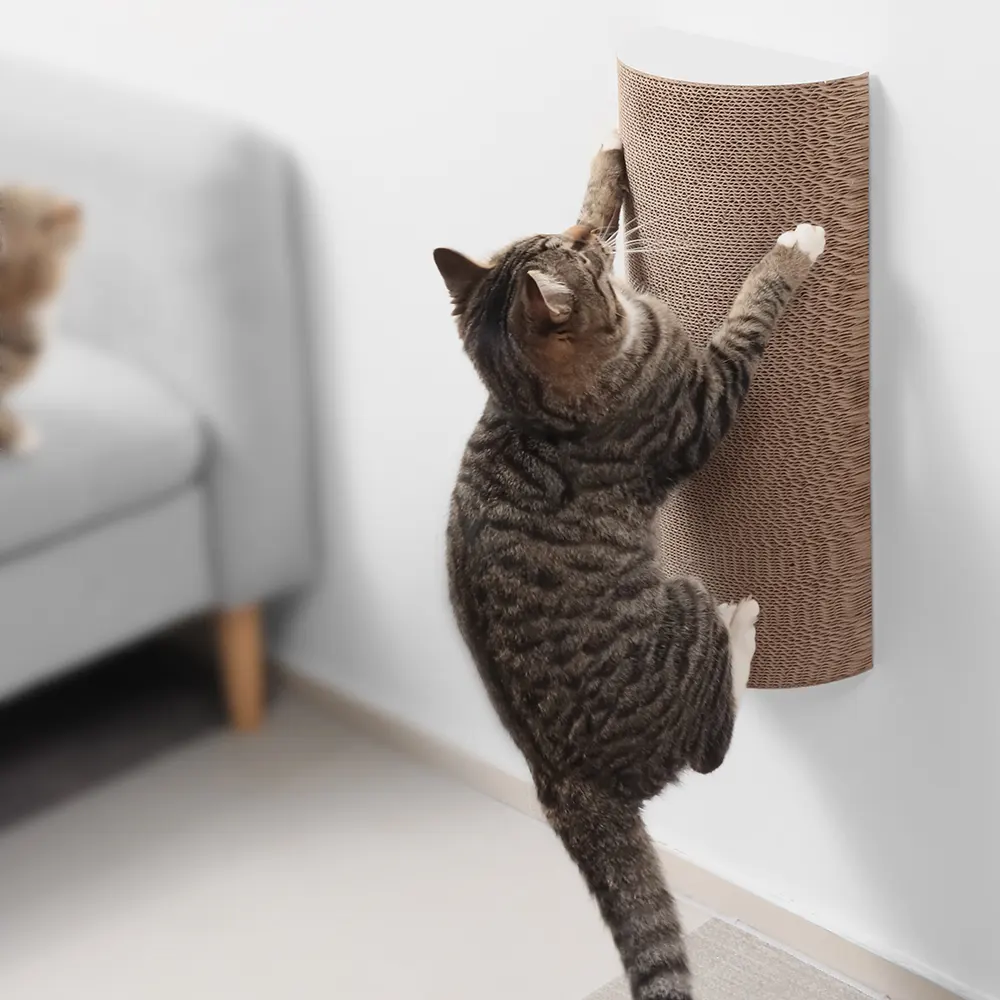
Wall Mounted Scratching Post
Advantages of Wall-Mounted Scratching Posts:
-
Space-Saving: Unlike traditional floor-based scratching posts, wall-mounted options don’t take up floor space, making them ideal for smaller homes or apartments.
-
Durability: High-quality wall-mounted scratchers are often made from materials like sisal or durable cardboard, designed to withstand heavy scratching.
-
Customizable: Many wall-mounted scratchers are modular, allowing you to arrange them at different heights or combine them with other wall-mounted cat furniture like shelves or climbing posts.
By providing a wall-mounted scratching post, you’re directing your cat’s natural scratching behavior to an acceptable location. Over time, they will learn to use this post instead of your walls.
2. Create New Climbing and Scratching Spots
Cats are natural climbers, and providing them with vertical space can significantly reduce unwanted scratching behavior. By installing a combination of wall-mounted scratching posts and scratchers, you can create a stimulating environment that meets your cat’s physical and psychological needs.
Ideas for Creating Climbing Spots:
-
Cat Trees and Towers: Invest in a sturdy cat tree that includes multiple levels for climbing, as well as integrated scratching posts. These structures provide both exercise and entertainment, keeping your cat occupied and less likely to scratch walls.
-
Wall-Mounted Shelves: Installing shelves or ledges at various heights on your walls allows your cat to climb and explore. This not only satisfies their climbing instincts but also provides them with vantage points to observe their surroundings, which can reduce stress and boredom.
-
Install Wall-Mounted Scratchers: Wall-mounted scratchers** are an excellent solution, as they can be easily installed and are designed to attract your cat. Wall-mounted scratchers save floor space while providing a vertical scratching option.
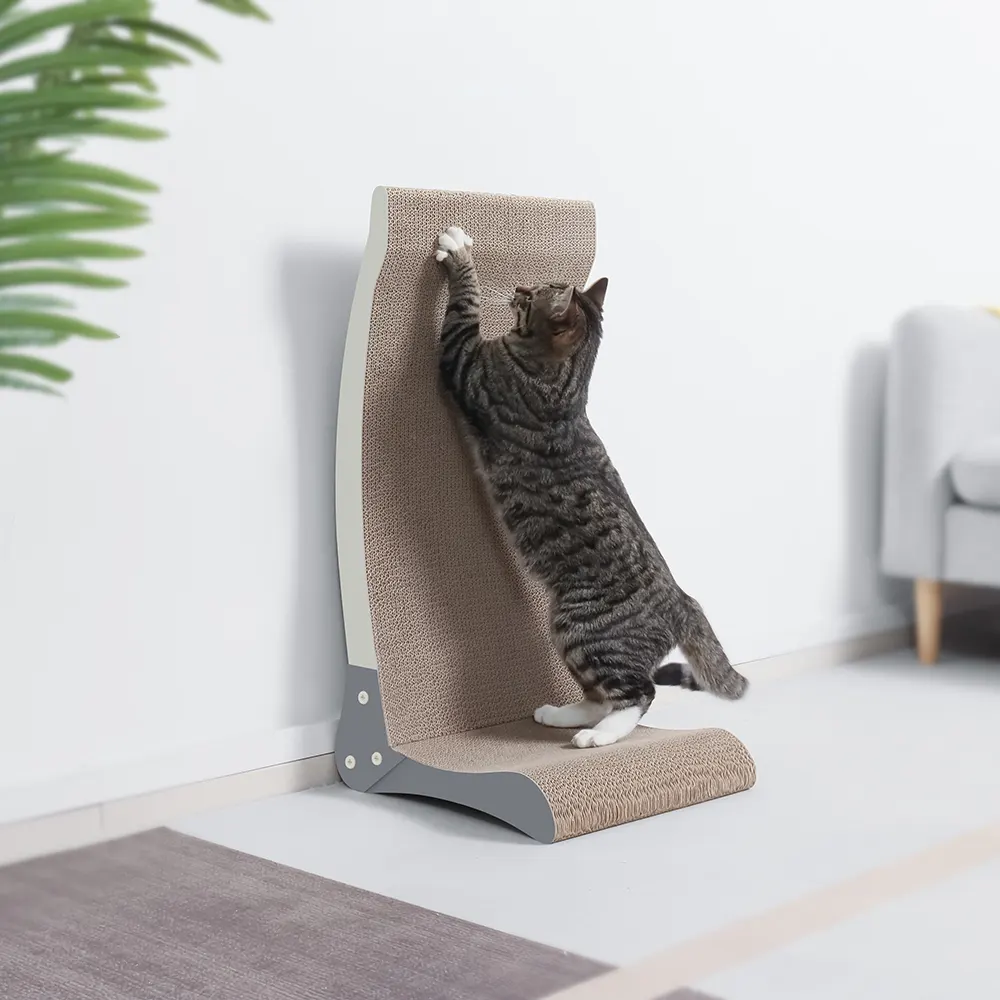
Wall-mounted scratcher
3. Increase Attention and Exercise
Cats that scratch walls out of boredom or for attention may benefit from increased interaction and playtime with their owners. Regular play sessions not only provide physical exercise but also help to satisfy your cat’s hunting instincts and reduce stress.
Ways to Increase Attention and Exercise:
-
Interactive Toys: Use toys that mimic prey, such as feather wands or laser pointers, to engage your cat in play. This can help to burn off excess energy that might otherwise be directed toward scratching walls.
-
Puzzle Feeders: Introduce puzzle feeders or treat-dispensing toys that challenge your cat mentally and physically. These toys can keep your cat occupied and less likely to engage in destructive behaviors.
-
Dedicated Playtime: Set aside specific times each day for one-on-one play with your cat. Consistent play sessions help to strengthen the bond between you and your cat and provide them with the attention they crave.
By giving your cat more attention and opportunities for exercise, you can reduce the likelihood of them scratching walls out of frustration or boredom.
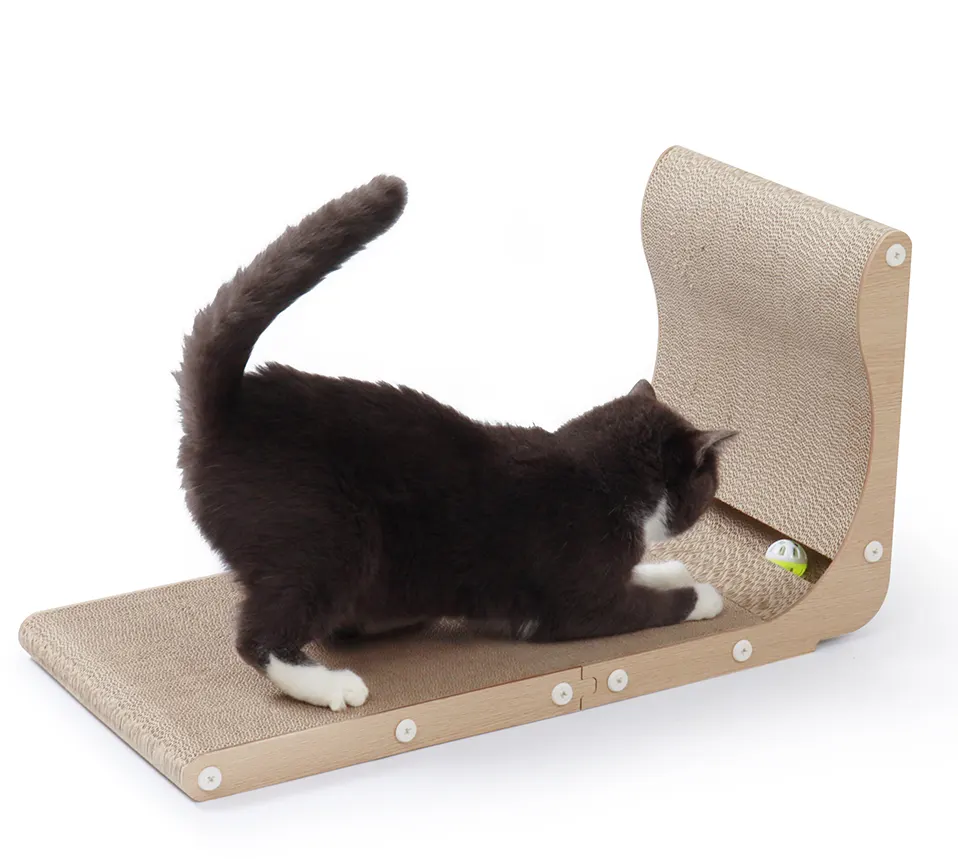
4. Regular Nail Maintenance
Another important aspect of preventing wall scratching is regular nail maintenance. Cats scratch to shed the outer layers of their claws, and if their nails are too long, they may scratch more frequently to achieve this.
Tips for Nail Maintenance:
-
Regular Trimming: Trim your cat’s nails every few weeks to keep them at an appropriate length. This can reduce their need to scratch as frequently.
-
Introduce Nail Caps: Nail caps are small, soft covers that can be glued over your cat’s claws. They prevent the claws from doing damage while still allowing your cat to extend and retract their claws naturally.
-
Professional Grooming: If you’re uncomfortable trimming your cat’s nails, consider taking them to a professional groomer or veterinarian who can do it safely.
By keeping your cat’s nails well-maintained, you reduce the likelihood of them feeling the need to scratch excessively.
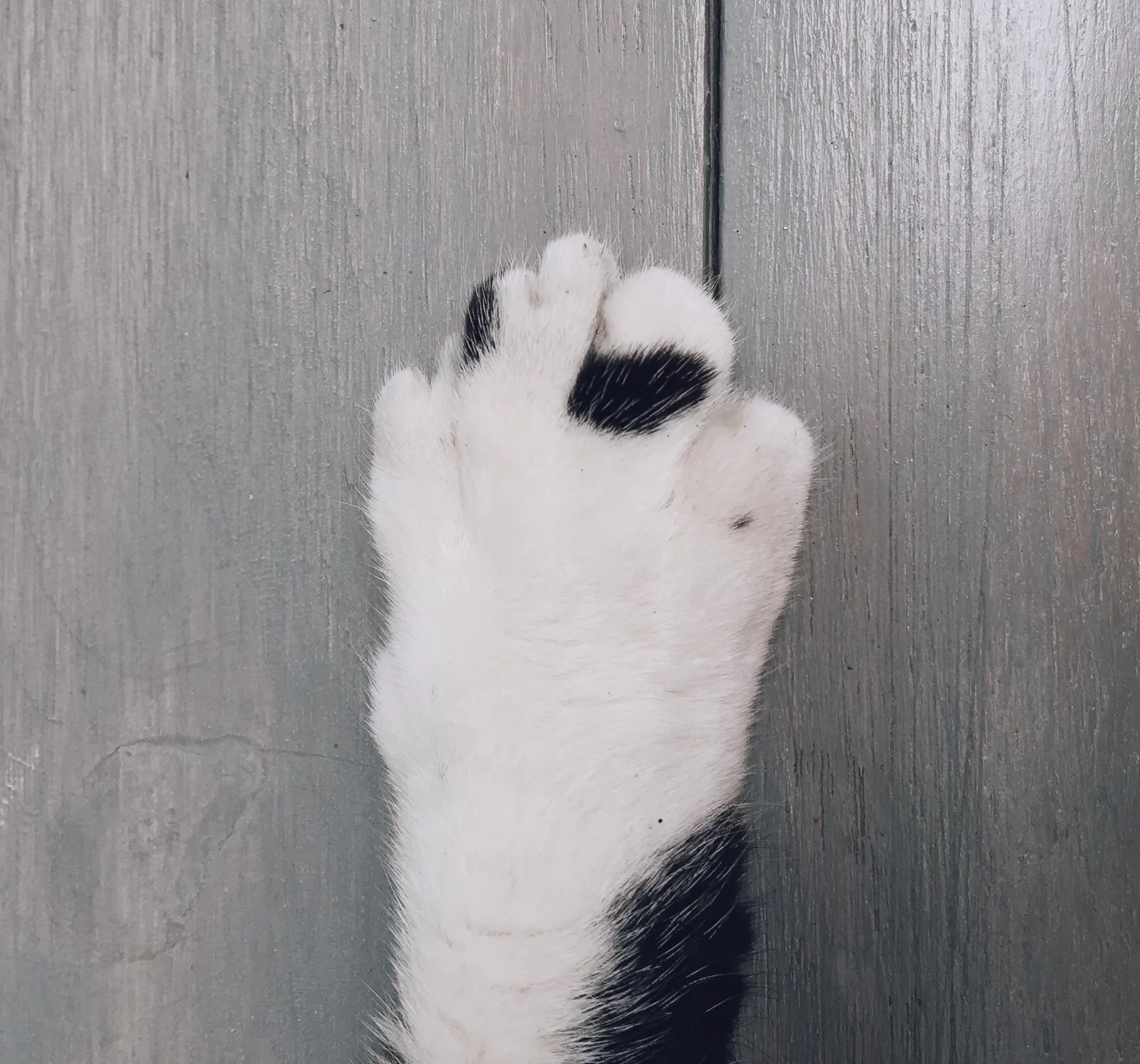
Creating a Cat-Friendly Environment
Stopping a cat from scratching walls requires a multi-faceted approach that addresses the underlying reasons for the behavior while providing appropriate alternatives. By understanding your cat’s needs and instincts, and implementing the strategies outlined above—such as providing wall-mounted scratching posts, increasing playtime, and using deterrent sprays—you can effectively redirect their scratching behavior and protect your walls.


